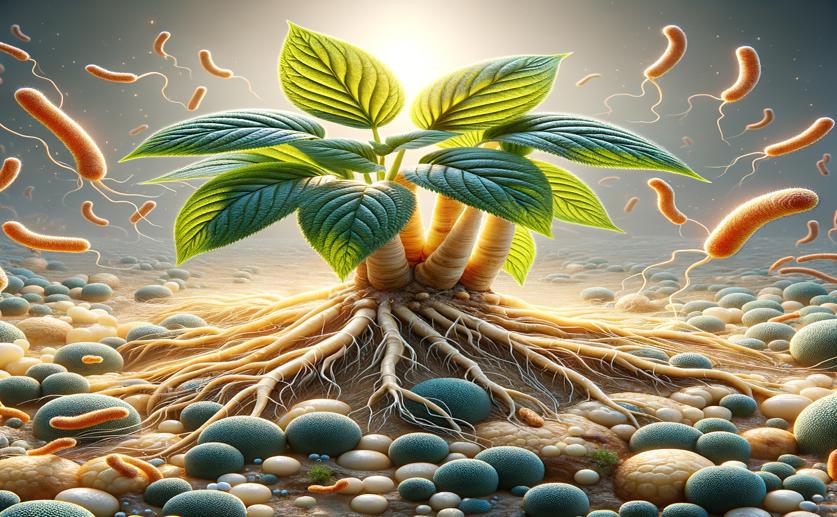
Exploring How PN-1 Bacteria Can Protect Ginseng Roots from Rot
Jim Crocker
31st March, 2024

Image Source: Natural Science News, 2024
Key Findings
- Researchers at Yunnan Normal University found a soil bacterium, Burkholderia arboris PN-1, that stops a plant disease
- The bacterium was effective against the disease in both lab tests and on living plants
- The study also mapped the bacterium's genome, revealing genes that may explain its disease-fighting abilities
References
Main Study
1) Comprehensive genomic analysis of Burkholderia arboris PN-1 reveals its biocontrol potential against Fusarium solani-induced root rot in Panax notoginseng.
Published 30th March, 2024
https://doi.org/10.1007/s00294-024-01288-4
Related Studies
2) BPGA- an ultra-fast pan-genome analysis pipeline.
3) Isolation, complete genome sequencing and in silico genome mining of Burkholderia for secondary metabolites.
4) Improved genomic island predictions with IslandPath-DIMOB.



 6th March, 2024 | Jim Crocker
6th March, 2024 | Jim Crocker